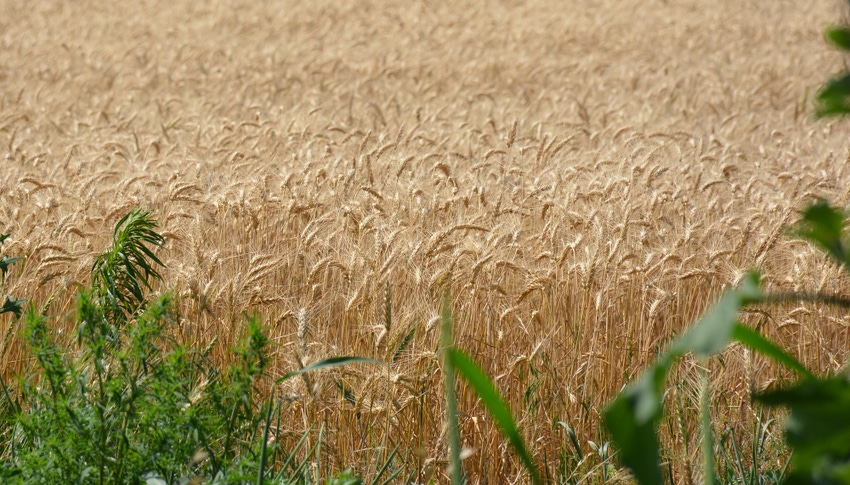July 7, 2016

At this writing, the Goltry, Okla., wheat price is $3.03. The last time Goltry wheat was that low was July 2005.
Between June 2000 and May 2005, wheat prices averaged $3.00; the 2004/05 marketing year average was $3.41.
For the latest on southwest agriculture, please check out Southwest Farm Press Daily and receive the latest news right to your inbox.
To be realistic, the current $3.03 may be more equivalent to the July 1999 price of $2.06. During the 1999/2000 marketing year, Oklahoma cash wheat prices averaged $2.24, peaked at $2.36 in September, and declined to $1.99 in December 1999.
The current market supply and demand situation doesn’t support higher wheat prices. For the 2016/17 marketing year, the U.S. stocks-to-use ratio (ending stocks divided by annual use) is projected to be 49 percent, compared to a five-year average of 35 percent and a 10-year average of 32 percent.
The world wheat stocks-to-use ratio is projected to be 36 percent, compared to a five-year average of 29 percent. The world stocks-to-use ratio is the highest since the 1998/99 marketing year, and that is detrimental for prices.
BELOW GOVERNMENT LOAN
The good news, if there is any, is that, in many counties, the current price is below the government wheat loan rate.
The Market Assistance Loan (MAL) rate in Alfalfa County, Okla. (Goltry), is $3.16. (Information about the MAL program may be obtained by contacting a county Farm Service Agency (FSA/USDA) office and/or going to www.fas.usda.gov. Click on “Programs and Services.” Select “Price Support” and “Commodity Loans.” For a Fact Sheet on the MAL program, select “Non-Recourse Marketing Assistance Loan.” Select “County PCP Data” to see the county loan rate, Alt PCP, and Effective LCP Rate for your county.)
Producers may place wheat in the MAL program. If the price increases, the wheat may be sold and the loan paid off. If prices remain at or below the loan rate, it may be forfeited to CCC/USDA to satisfy loan requirements.
Make sure you fully understand the requirements and provisions of the program. I suggest that you read the online Fact Sheet and visit a county FSA representative for clarification.
Putting wheat in the MAL program creates a price floor at the loan rate ($3.16, or 13 cents above the cash price for Alfalfa County) minus storage and interest. Commercial storage is about 4 cents per bushel per month. Interest should be about 1/2 cent per bushel per month. Nine months storage and interest would be about 41 cents.
ALTERNATIVE STRATEGY
An alternative marketing strategy is to sell the wheat and buy a KC March $4.50 (at-the –money) call option contract for 37 cents per bushel. The call premium would be 4 cents less than storage and interest costs.
A problem with this strategy is that the KC March contract basis is minus $1.47, compared to the current KC September contract basis of minus $1.05 (the KC March contract price is 40 cents per bushel higher than the KC September contract price).
Selling wheat and buying call option contracts will not capture any cash price increase due to an increase in the basis. If the basis increases to minus $1.05, 41 cents will not be earned by the call option strategy.
A miracle did not happen during the 1999/00 marketing year — prices stayed low. A miracle did happen during the 2010/11 marketing year when wheat prices increased from $5 on July 26, 2010 to $8.72 on Feb. 17, 2011.
With $3 wheat, there are no known winning strategies. The one thing the MAL offers is a solid price floor and, if a miracle happens, the opportunity to take advantage of higher prices.
About the Author(s)
You May Also Like






